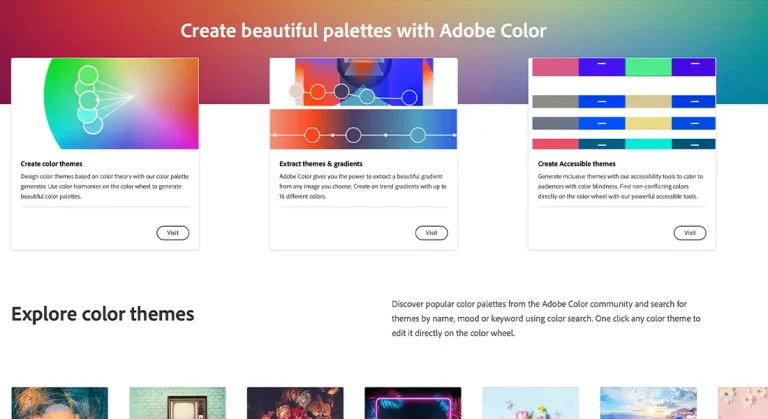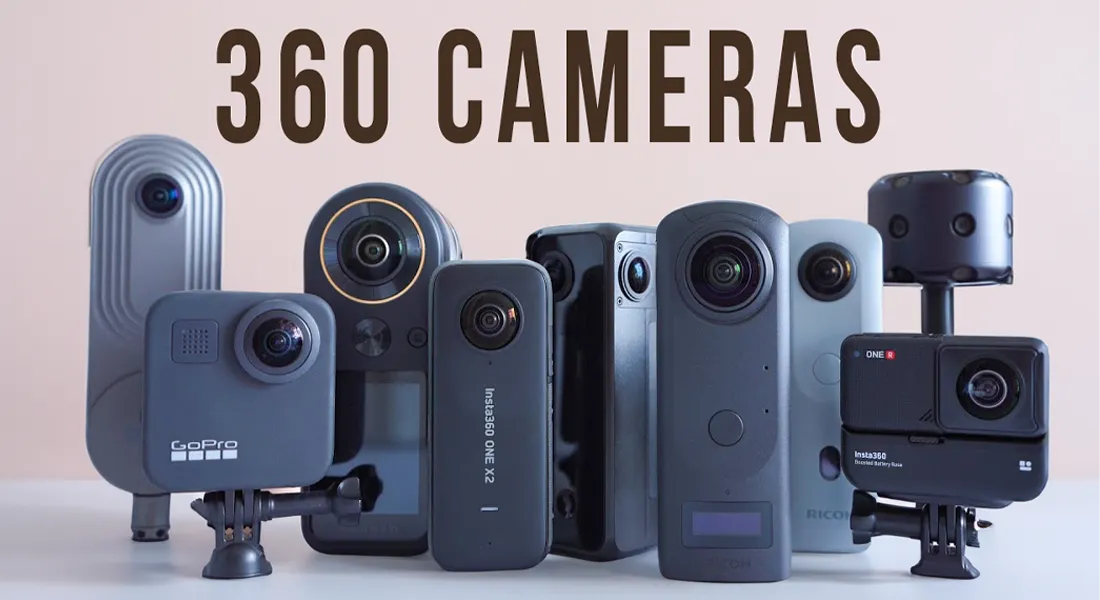
The Evolution of 360 Cameras
Not so long ago, 360-degree cameras were a novelty, reserved for professionals and enthusiasts with deep pockets. These early versions were often cumbersome, requiring multiple cameras and complex setups. Fast forward to 2024, and we’re seeing a completely transformed landscape.
Thanks to advancements in technology, 360 cameras have become more compact, user-friendly, and significantly more affordable. This evolution marks a leap from niche to mainstream, making panoramic photography accessible to everyone.
Dramatic Price Drop
One of the most striking changes in the 360-camera market has been the price drop. With more players entering the field, competition has driven prices down while pushing the boundaries of what these cameras can do. This price reduction hasn’t compromised quality; in fact, it’s had the opposite effect.
Manufacturers are now packing more features into these devices, such as higher resolution sensors, better image stabilization, and improved software for stitching and editing the footage.
Related article: Fujifilm X100V Camera – Comprehensive Review
Table of content
Popularity in Social Media and Content Creation:

In our era of social media and content creation, 360 cameras have found a special place. They offer a unique way to capture and share experiences. From breathtaking landscapes to bustling cityscapes, these cameras capture it all, providing a more immersive experience to the audience.
Content creators, vloggers, and even businesses are leveraging 360-degree footage to engage their audiences in more interactive and captivating ways. Platforms like YouTube and Facebook now support 360-degree content, further fueling its popularity.
It’s not just about capturing a moment anymore; it’s about reliving it in all its panoramic glory.
Related article:How Algorithms Of Social Networks, Facebook, Instagram, And YouTube Work
How 360 Imaging Works
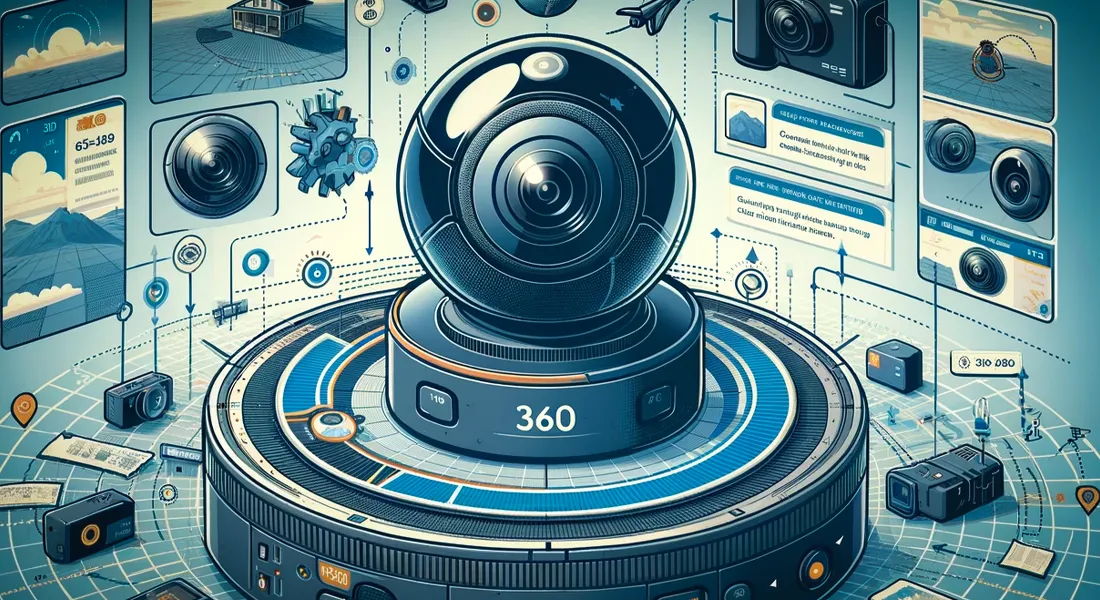
At its core, 360 imaging is about creating a comprehensive view of an environment, much like if you were standing in a room and turning around to see every angle. This immersive view is achieved through the combination of multiple images or videos taken from different angles.
The magic happens in the process known as stitching, where these separate shots are seamlessly merged to create a single, spherical panorama.
The hardware involved in this process is equally impressive. Specialized 360 cameras are equipped with multiple lenses, often two or more, each covering a wide field of view. These lenses capture overlapping images, ensuring no part of the surrounding environment is missed.
Some popular models include the Insta360 and the GoPro Max, known for their ease of use and high-quality output.
But hardware is just one piece of the puzzle. Software plays a crucial role, too. Advanced algorithms work behind the scenes to align and blend the images, correcting any distortions and eliminating seams where the images overlap. This results in a smooth, unified 360-degree view.
Nowadays, this software is not only powerful but also user-friendly, making it accessible even to hobbyists.
Related articles: Marketing Hacks for Photographers: 8 Awesome Ideas
Editing 360-degree content
Hardware and software
let’s explore the dynamic world of editing and viewing options for 360-degree content, specifically focusing on 2D conversion and Augmented Reality (AR) integration:
2D Conversion: This process transforms the spherical footage from 360 cameras into a standard flat image or video. It’s like taking a global map and laying it out flat. This allows for traditional viewing on screens without the need for specialized 360-degree players.
For instance, software like Adobe Premiere Pro offers tools to easily convert 360 footage into a ‘rectilinear’ format. This is especially useful for content creators who want to incorporate 360-degree shots into standard video projects, offering a unique perspective.
AR Integration: Augmented Reality takes 360-degree imaging a step further by overlaying digital information onto the real world. Think of Pokémon GO, but with a more immersive twist. Apps like ARitize 360 allow users to embed 360-degree images into AR environments, enhancing the user experience.
This integration is particularly groundbreaking in sectors like real estate and tourism, where you can virtually visit a location and interact with the environment in a more engaging way.
These editing and viewing options represent just the tip of the iceberg in terms of what’s possible with 360-degree content.
They demonstrate the versatility and potential of 360 imaging, not just as a novel technology but as a tool that can be seamlessly integrated into various aspects of digital media and real-world applications.
Top Picks for 360 Cameras in 2024

Insta360 X3

The Insta360 X3 is a notable action camera in the market, especially for those interested in 360-degree video and panorama capture. Here’s a detailed look at this camera:
Overview
- Design: Dual fisheye lenses, front and back
- Sensor: 1/2″ 48 MP Quad Bayer sensor
- Image Quality: High-resolution 360-degree panoramic views and RAW photos
Pros
- Unique dual fisheye lens design
- High-quality 48MP sensors for detailed images
- Integrated tripod mount with invisible selfie stick feature
- Waterproof up to 33 feet, extendable with optional case
- Equipped with a microphone array for diverse audio recording
- Impressive video quality in HDR mode, capturing 360 video at 5.7K
Cons
- Lower image quality in low-light conditions
- Manufacturer’s app more suited for video than still photography
Price
$349
Industries Most Used
- Adventuring
- Content creation
- Professional uses like virtual tours
GoPro Max 360
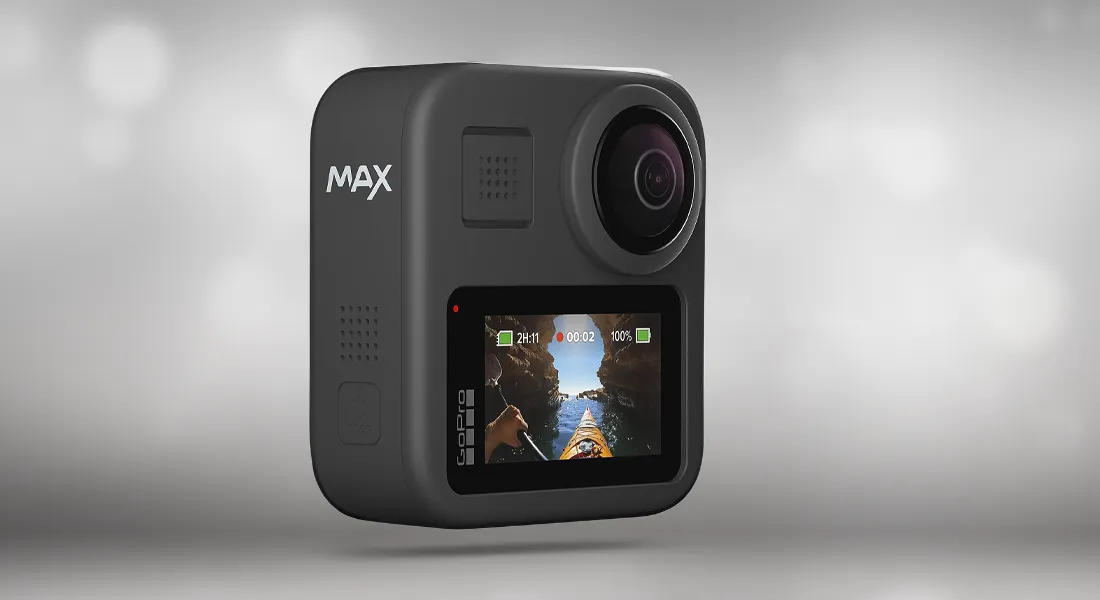
The GoPro Max 360 is a highly versatile and innovative camera, perfect for capturing life’s adventures in a full 360-degree view. Its standout features include excellent image stabilization and a user-friendly mobile app, which greatly enhance the experience of creating and editing immersive content.
While the video quality and stitching may have room for improvement, its rugged and waterproof design makes it an ideal companion for outdoor and extreme sports activities.
Overall, the GoPro Max 360 stands out as a solid choice for both professional content creators and adventure enthusiasts.
Overview
- Hybrid camera with 360 mode and ‘Hero’ mode
- Smaller and lighter design with a built-in touchscreen
- Records spherical video at 5.7K resolution
Pros
- Excellent mobile app for editing and reframing
- Great image stabilization (Max HyperSmooth)
- Good audio quality with spherical microphone system
- Rugged and waterproof design
Cons
- Video quality is just OK
- Imperfect stitching quality
- No automatic subject tracking
Price
- $499.99
Industries Most Used
- Adventure and extreme sports
- Content creation
- Water sports and outdoor activities
Ricoh Theta X 360

The Ricoh Theta X stands out in the world of 360-degree cameras with its high-resolution photo and video capabilities and user-friendly design.
It’s a significant advancement in 360-degree imaging, offering real-time stitching and stabilization, which simplifies the post-processing workflow.
Overview
- Shoots photos up to 11K resolution
- First 360 camera to shoot 5.7K 360 videos with stabilization
- No stitching required for videos and photos
Specifications
- Lenses: Two fisheye lenses
- Aperture: f/2.4
- Field of view: Fully spherical
- Sensor Size: Two 48mp Sony IMX586 1/2.0 inch sensors
- Video resolution: 5760 x 2880 at 30fps, 3840 x 1920 at 60fps
- Stabilization: 6-axis gyro-based
Pros
- Realtime stitching for both photos and videos
- 5.7K video with stabilization
- Excellent, accurate colors
- Large touch screen for ease of use
- Removable Micro SD and internal memory
- Removable battery with quick charging
- Built-in GPS for geotagging
Cons
- Stabilization not as good as competitors
- Prone to overheating
- Short battery life
- Susceptible to glare
- No external microphone option
- Not waterproof
- Limited phone app compatibility for high-resolution modes
Price
$766.95
Industries Most Used
- Real estate and construction
- Educational, medical, and nursing care sites
- Travel and scenery capturing
Matterport Pro3
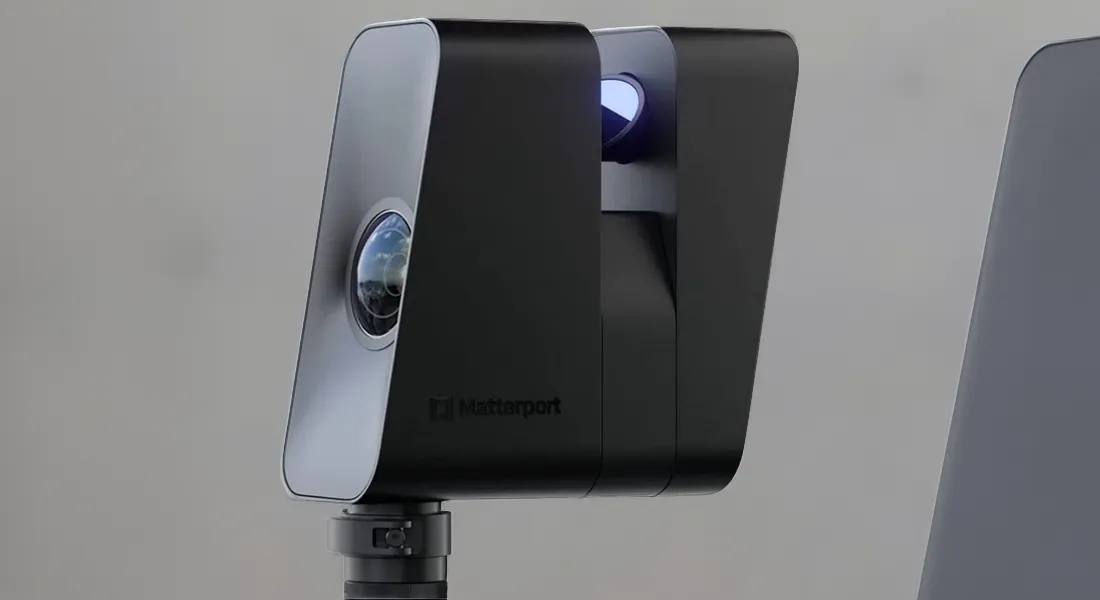
The Matterport Pro3 represents a remarkable advancement in imaging technology, offering unique capabilities for creating photorealistic, immersive 3D environments.
This camera is a game-changer for industries requiring detailed and accurate representations of physical spaces.
Overview
- Transforms image capture into fully immersive 3D virtual environments
- Utilizes a 3D scanner and camera with a large lens and LiDAR sensor
- Creates photorealistic representations of spaces for VR viewing
Specifications
- Scan range: Up to 100m
- Scan time: Less than 20 seconds
- Photo resolution: 134MP
- LiDAR sensor for accurate 3D mesh creation
- Battery life: 3 hours
- Smartphone compatibility: iOS and Android
Pros
- Extremely easy to use with intuitive software
- High-quality imaging and 3D modeling capabilities
- Fast capture speed and large scanning range
Cons
- Expensive
Price
$5,995
Industries Most Used
- Architectural, engineering, and construction
- Insurance and restoration
- Facilities management
- Real estate
- Retail
- Travel and hospitality
- Government
Ricoh Theta Z1

The Ricoh Theta Z1 is a flagship 360 camera from Ricoh, notable for being the first consumer 360 camera to incorporate 1-inch sensors.
This feature enhances its capability to capture high-quality images, making it an excellent choice for virtual tours and other professional applications.
Overview
- Flagship 360 camera with two 1-inch sensors for enhanced image quality
- Compact design with low parallax stitching error
- Variable aperture and Raw DNG mode with Adobe Lightroom stitching
- 4-channel spatial audio recording
- Video stabilization across all three axes
- Strong flare resistance in images
Pros
- Excellent dynamic range and detail due to large sensors
- Compact size and easy to use
- Ability to shoot in DNG Raw mode and edit in Lightroom
- Effective stabilization for smooth video capture
Cons
- Mediocre video quality except in low light
- No microphone input
- Limited geotagging capabilities
Price
$999.95
Industries Most Used
- Virtual tours
- Real estate
- Photography and videography
FAQs
360 cameras have become more compact, user-friendly, and affordable. There’s a significant increase in the quality of sensors, image stabilization, and software for stitching and editing, making panoramic photography more accessible to a wider audience.
There has been a dramatic price drop in the 360-camera market. Increased competition and technological advancements have made these cameras more budget-friendly without compromising on quality.
The top picks include the Insta360 X3, GoPro Max 360, Ricoh Theta X, Matterport Pro3, and Ricoh Theta Z1. Each camera offers unique features suited for various applications, from virtual tours to action photography.
360 cameras are extensively used in real estate, travel, action photography, content creation, educational sectors, medical and nursing care sites, and construction. They offer immersive visual content that is beneficial in these industries.
Yes, platforms like YouTube and Facebook now support 360-degree content. These cameras offer unique ways to capture and share experiences, making them popular tools for content creators, vloggers, and businesses to engage their audiences.
if you’re looking to increase your online conversion but still feel you are not sure where to start – check out these resources below:






